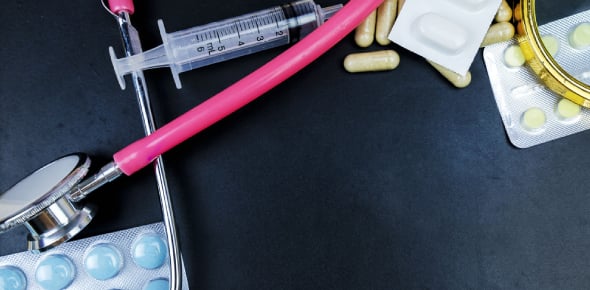A colectomy refers to the surgical procedure of removing the colon. The colon, also known as the large intestine, is responsible for absorbing water and electrolytes from digested food, as well as storing and eliminating waste. A colectomy may be performed for various reasons, including the treatment of colorectal cancer, inflammatory bowel disease, diverticulitis, or severe constipation. By removing the colon, the surgeon aims to alleviate symptoms, improve the patient's quality of life, and address the underlying condition that necessitated the procedure.
















